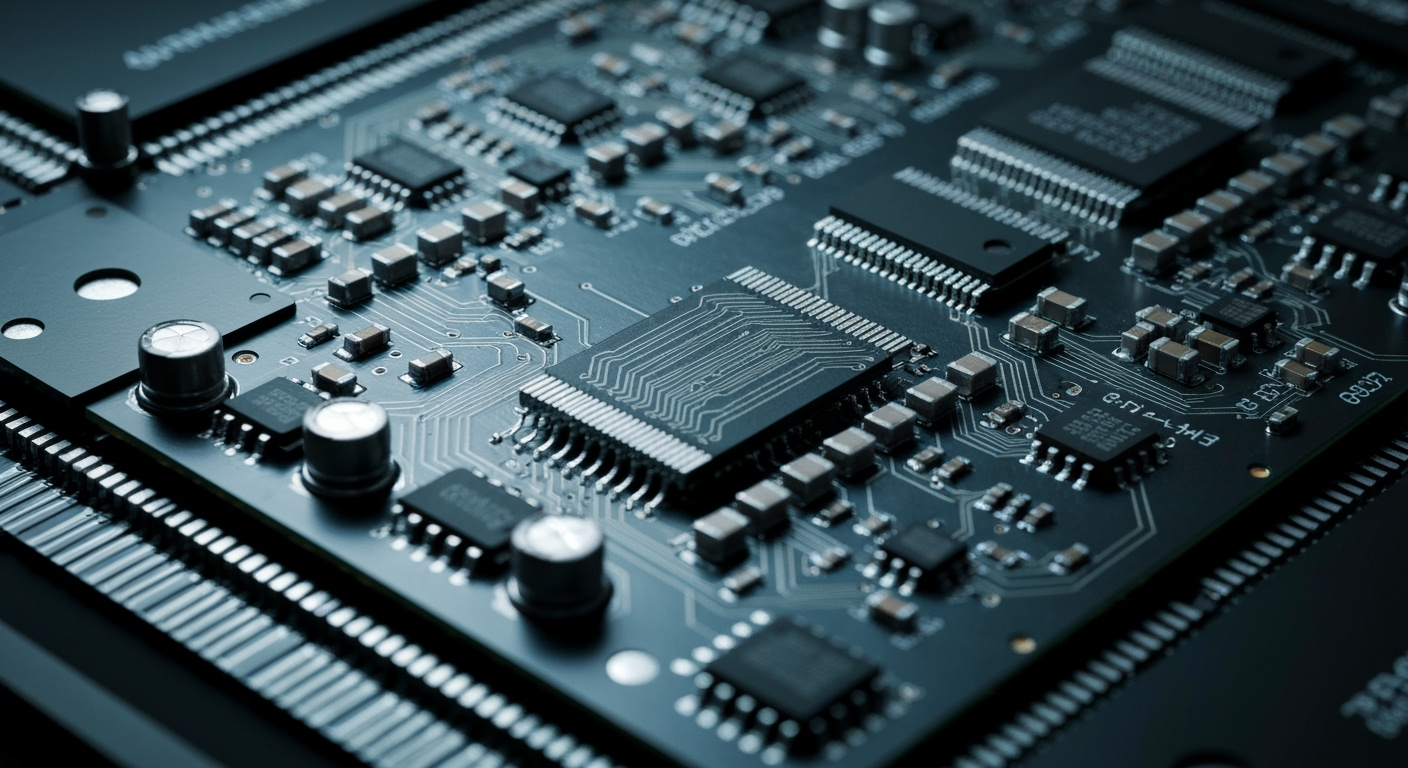Augmented Audio: The Future of Personalized Sound?
Imagine a world where your headphones adapt to your environment, enhancing the sounds you want to hear and minimizing the ones you don’t. Welcome to the exciting realm of augmented audio, a technology poised to revolutionize how we experience sound.

What is Augmented Audio?
Augmented audio goes beyond simple noise cancellation or amplification. It uses sophisticated algorithms and sensors to analyze the surrounding soundscape and then selectively enhance or suppress specific frequencies. Think of it as a real-time audio filter that adapts to your needs.
Key Technologies Driving Augmented Audio
Several technologies are converging to make augmented audio a reality:
Advanced Microphones and Sensors: High-fidelity microphones capture a detailed audio picture of the environment, while sensors like gyroscopes and accelerometers provide contextual information about the user’s movement and orientation.
Artificial Intelligence (AI): AI algorithms analyze the captured audio data, identifying and classifying different sounds in real-time. This allows the system to differentiate between speech, music, traffic noise, and other ambient sounds.
Digital Signal Processing (DSP): DSP chips process the audio signals, applying filters and effects to enhance desired sounds and suppress unwanted ones. This processing happens with minimal latency, ensuring a seamless user experience.
Potential Applications of Augmented Audio
The applications of augmented audio are vast and span across various industries:
Enhanced Hearing Aids: Augmented audio can significantly improve the quality of life for individuals with hearing impairments. By selectively amplifying speech and suppressing background noise, hearing aids can become much more effective.
Improved Communication: In noisy environments like construction sites or factories, augmented audio can isolate and enhance speech, making it easier for workers to communicate clearly.
Immersive Gaming Experiences: Augmented audio can create a more immersive gaming experience by enhancing the sounds of the game environment and providing spatial audio cues that pinpoint the location of enemies or objects.
Personalized Music Listening: Imagine headphones that adapt to the acoustics of the room, optimizing the sound quality for a more personalized listening experience. Augmented audio could also allow users to blend ambient sounds with their music, creating a unique soundscape.
Workplace Productivity: Reducing distractions and enhancing focus in open-plan offices can be achieved by subtly filtering out conversations and other disruptive noises.
Challenges and Future Directions
While the potential of augmented audio is immense, several challenges need to be addressed:
Computational Power: Real-time audio processing requires significant computational power, which can drain battery life on portable devices.
Algorithm Accuracy: Accurately identifying and classifying sounds in complex environments is a challenging task for AI algorithms.
User Comfort: Some users may find the experience of wearing headphones that constantly analyze and manipulate sounds unnatural or uncomfortable.
Future research will focus on developing more efficient algorithms, improving the accuracy of sound classification, and creating more comfortable and user-friendly devices. We can expect to see augmented audio integrated into a wide range of gadgets, from headphones and hearing aids to smart glasses and even clothing.

The Bottom Line
Augmented audio is more than just a trend; it’s a fundamental shift in how we interact with sound. By providing personalized and adaptive audio experiences, this technology has the potential to transform numerous industries and improve the quality of life for millions of people. As the technology matures and becomes more accessible, expect augmented audio to become an integral part of our daily lives, ushering in a new era of personalized soundscapes.